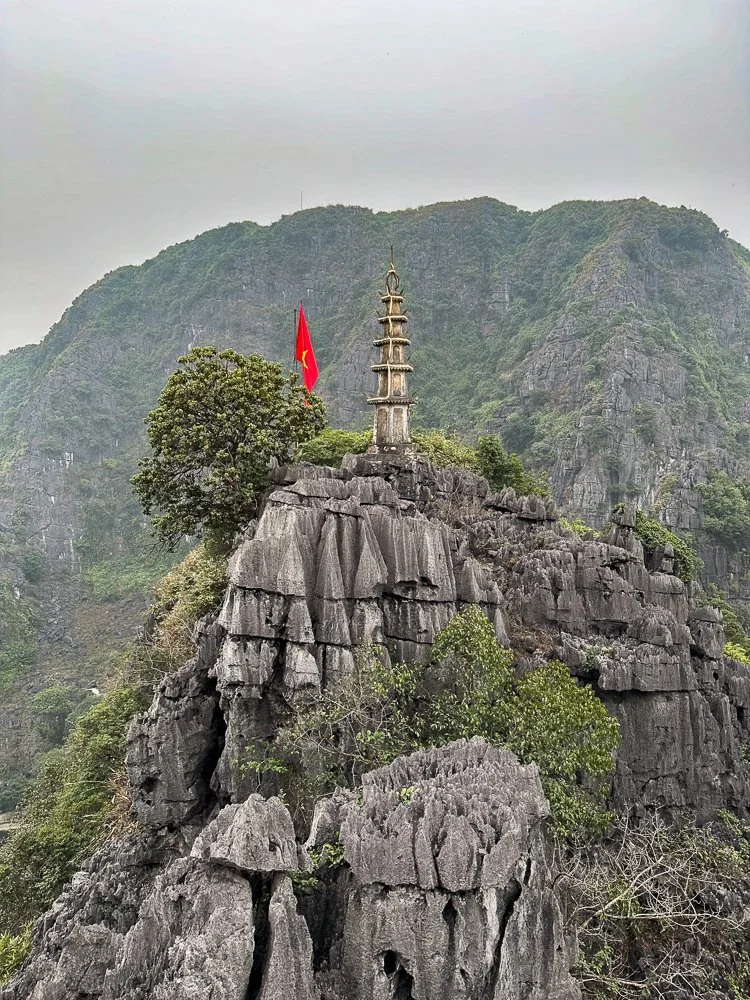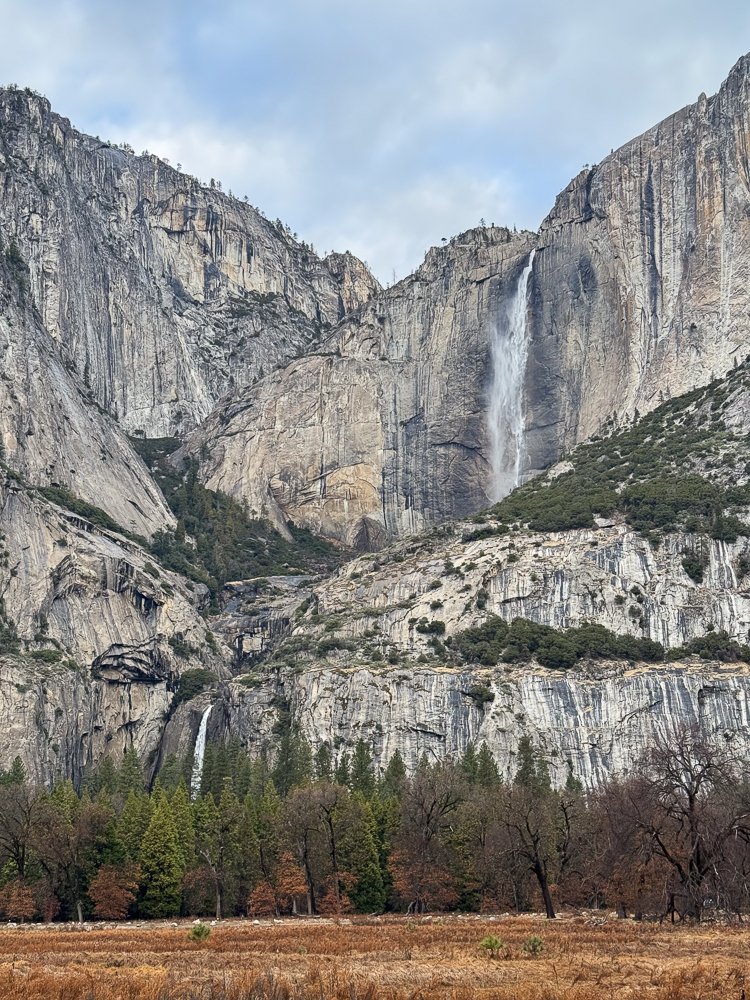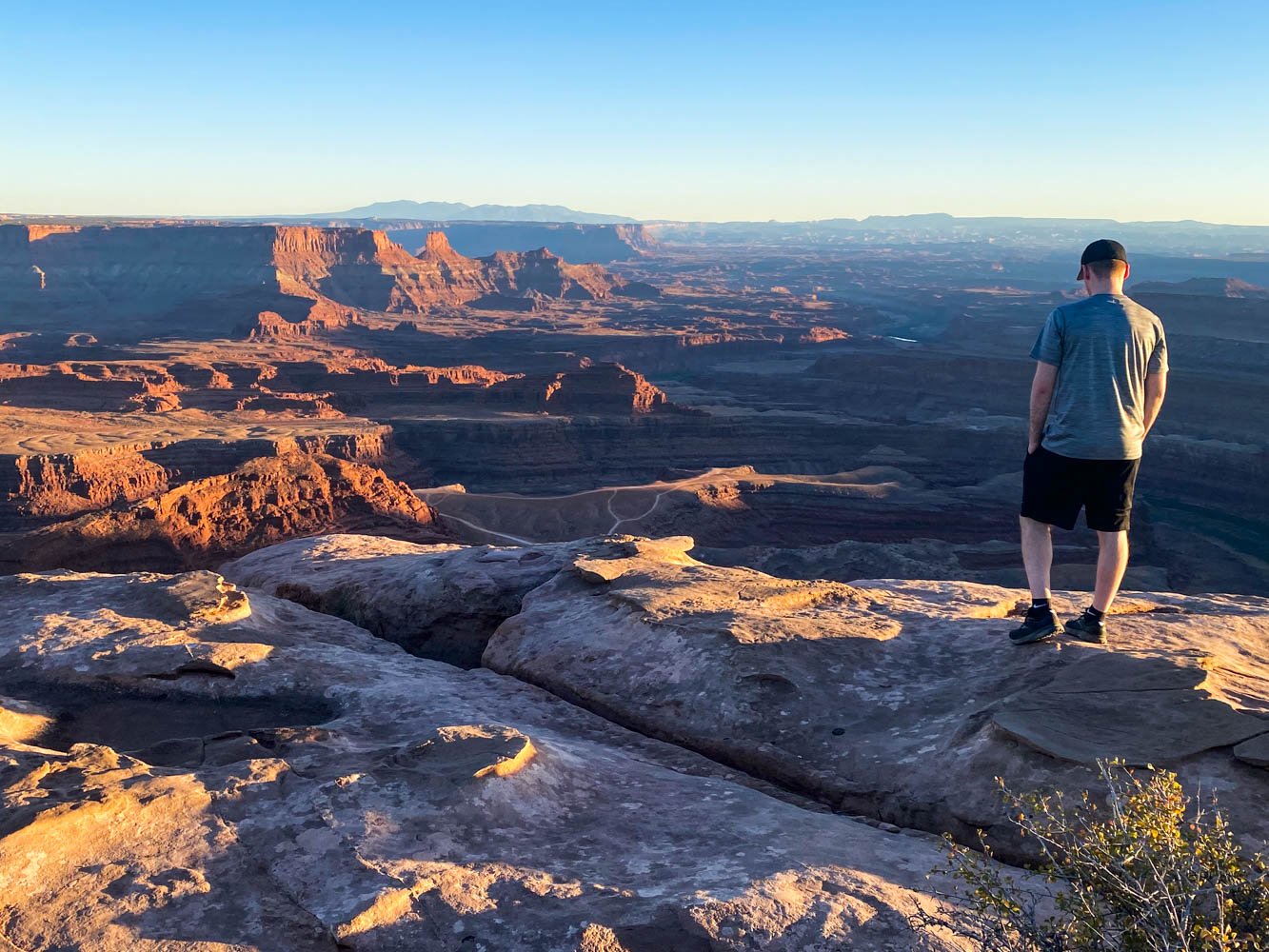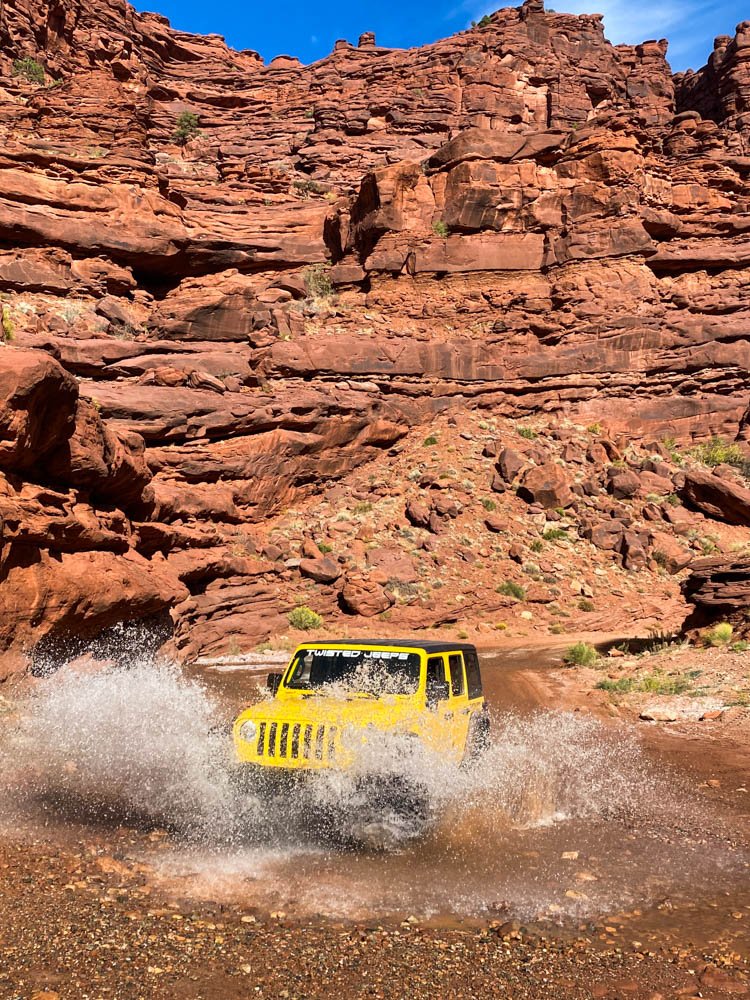What You Need to Know About Larch Hikes in Washington
In late summer, you’ll begin to hear whispers of the “larch march” among outdoor communities in Washington. This march, also known as larch madness, is any hike that features our beloved larch trees.
Although thru hiking the Enchantments is the ultimate larch march, any hike featuring larch trees counts!
Just want the hike suggestions? Click here to jump to them (but we think this section on parking is well worth reading too).
What is a larch?
During the summer months, larches look like other conifer trees with green needles, but they’re deciduous. In the fall, their needles turn bright golden-yellow color and drop for the winter.
The contrast of colors on the hillsides is so striking that it drives hikers out in droves to see them up close. Although there are ten species of larches in total, only two are native to Washington state: the western and subalpine larches.
The western larch has a triangular shape with a narrow crown. They grow up to 170 feet tall, in areas between 2,000 and 5,500 feet in elevation. The subalpine larch has branches that spread out in every direction and grow up to 70 feet high in areas between 5,800 and 7,500 feet in elevation.
Where can you find larches?
You’ll find both species growing on the eastern slopes of the Cascades between Oregon and British Columbia, and in the east through Idaho and into northwestern Montana.
Larches are shade intolerant, so you’ll find the trees in fire-prone areas and young forests. The western side of the Cascades has too dense of forests for them to grow.
If you’re interested in finding lesser known larch hikes, use Washington Trails map feature to hunt for trails not listed below.
When do the colors peak?
Once larches begin turning yellow, the color only lasts for a few weeks. Typically, they begin changing in late September through mid-October — right before the mountains get their first significant snowfall of the year.
Most locals say that the first week or two in October is the best time to view the larches turn yellow. We agree with this, but you can also check Washington Trails Association’s trip reports for updates on any hike you’re interested in or call nearby ranger stations for larch and weather updates.
This map also shows when fall colors are anticipated to peak as well.
Parking at trailheads
Parking is LIMITED. Getting a parking spot within a mile of a trailhead known for having larches is an achievement.
Hike on a weekday if possible. If you’re hiking on a weekend, get to the trailhead as early as possible — we recommend arriving before 6:00 a.m. — to get a parking spot.
We’ve even tried arriving later in the day for a sunset hike. This has always been our go-to hiking hack to get parking at popular trailheads during the summer months, and it didn’t work for larch hikes. Forest roads back up and trails are crowded all day. Go early, or don’t go at all.
Park legally
Make sure you have the appropriate parking pass for the trailhead you’re visiting. You’ll find what pass you’ll need under the “pass required” section on Washington Trails Associations linked hikes below. Passes aren’t usually sold at trailheads so buy what you need ahead of time.
Be sure to park legally, in appointed parking spots as well. Park rangers will be patrolling, and they do ticket and tow. Absolutely do not park on meadows.
We also suggest having a backup hike in mind that doesn’t feature larches (AKA crowds). That way if you arrive and there isn’t parking available, you’ll have another option.
Crowded trails
Pack your patience. There will be tons of people on the trails. Don’t expect to have peace, solitude, or to be able to hike as fast as you may normally.
Let faster hikers pass, and yield to hikers going uphill when possible. We also recommend finding a pace that you can keep up for miles rather than a faster stop-and-go pace. This not only feels better, but it will keep you from constantly leap-frogging others.
Follow leave no trace principles as well. It’s crucial to stay on trails, even if others aren’t. You not only could be fined, but trampling meadows destroys them – often for many years. Keep our trails beautiful by abiding by the rules and packing out any trash you bring in or see.
Unpredictable weather
Weather is especially unpredictable in the mountains during fall. Wildfires are still prevalent into fall some years, and conditions can vary from day to day with snow, rain, and sun. Be prepared by packing appropriately.
Can you see larches without hiking?
Yes. Drive the Cascade Loop for great views of larches. Start eastbound on Highway 20 for the best views of larches coming down the mountain pass, and circle back to the west side on Highway 2 which also has larches and more stunning fall color.
Is hiking better for viewing the larches up close? Of course, but seeing the bright trees dot the surrounding mountains is half the fun!
Best larch hikes
We’ve organized these hikes by region, in order of difficulty. If you can’t make it to the east side of the Cascades, check out the larches on the western side of the Washington State Arboretum in the Pinetum Loop.
Source: UW Botanic Gardens
Heather Maple Pass Loop
Hard
Central Cascades
Moderate
Hard
Search the blog for more adventures! Try searching for topics such as “camping”, “waterfalls”, or “Washington”.


















